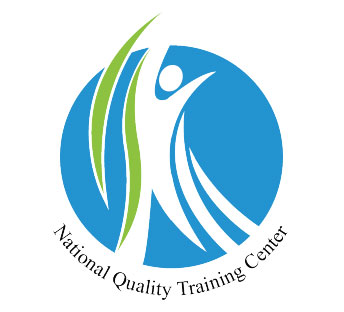
Call 056 442 3172 Now & Get 400 AED OFF. Offer valid Only For Today
Are you looking for EFST/Food Safety Training ? Then NQTC is the best training institute you can rely upon
Essential Food Safety Training [EFST] Abu Dhabi
Essential Food Safety Training (EFST) is a program developed by the Abu Dhabi Food Control Authority to have a knowledge and understanding among all food handling individiual that may be a restraunt owner, labour in a baqala,chef anyone working in food industry have to take EFST Course to ensure food is handles safely though out the food chain.
The EFST course includes the four essential pillars for safe food handling: how to
avoid cross contamination, how to cook, how to clean and how to chill safely.
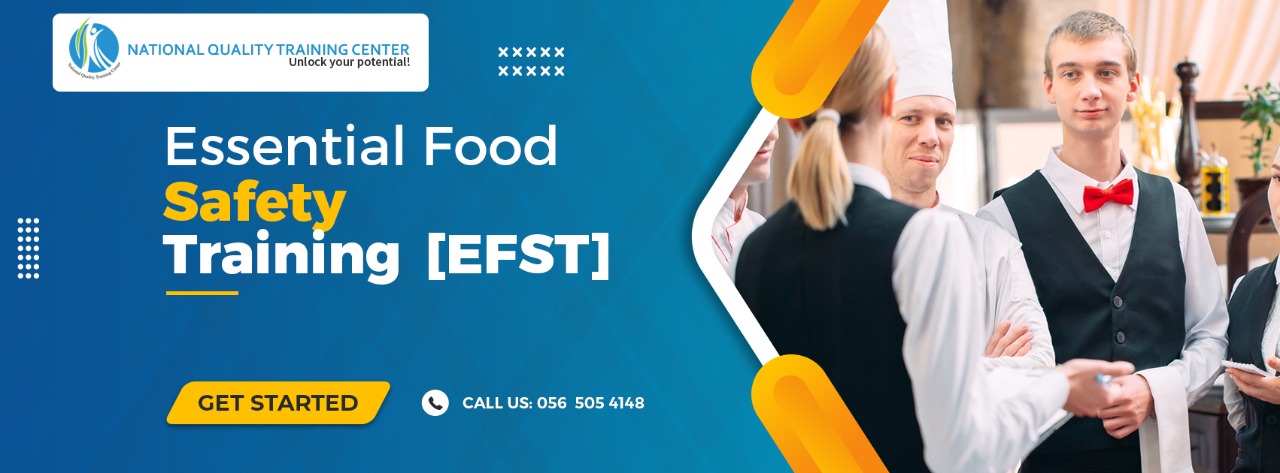
Importance of Essential Food Safety Training In UAE
EFST Training is mainly to ensure proper hygiene is maintained while cooking or any food related works.Food related diseases are common and its present all over world,Preacautious measures and proper cleanliness should be taken during preparation of food to avoid any disease caused due to non hygiene practice.Major type of food related diseases include vomiting,diarrhoea and fever, and in some cases it can be deadly.Microbiological hazards are the most important in most food businesses like catering or restraunts, so these needs to be taken care to avoid any health related issues to human.EFST Training In Abu Dhabi ensures everyone working in the food industry to ensure good hygiene and healthy food to be served to the customers.Bacteria is very small that some can be seen only by microscope,some are very dangerous like COVID-19 or anything like that,these kind of bacteria is very harmful and can cause food related disease to people.Proper cleanliness of kitchen utensils and making the chef itself neat and clean will avoid these dealy or minor diseases caused to human beings.
Where does these Bacterias come from?
Bacteria can get into a food preparing areas in several ways.
- Waste Near Kitchen
- From unhygienic people
- Contaminated Water
- Pets example rat,cockroaches,lizards,insects
- Food, if the vegetables are not fresh or expired food products bacteria or fungus will be present in that,which will cause diseases
How To Wash Hands Properly In Essential Food Safety Training - EFST
Hands should be properly washed as shown in below image,to get rid of bacteria,doesnt matter what you do or dont, hands should be properly washed in soap and running water to clean bacterias from your hand, and dry it with a tissue or disposable towel or paper. Hands can easily spread bacteria. They must be thoroughly washed and dried in between tasks, especially before touching cooked food and after touching raw food
- At first wash your hands in water
- Rub your hands thoroughly as shown in image with soap for atleast 20 seconds
- Then, Rinse your hands thoroughly under water
- Dry your hands with clean disposable towel
Maintain Personal Hygiene In EFST Training
Personal Hygiene should be maintained all the time even in the kitchen or outside the kitchen, its for your protection, but when you are in kitchen the protection comes into account for the people who will be having the food prepared in your kitchen,so its always mandatoy to maintain cleanliness and personal hygiene in the kitchen , and to the kitchen unauthorised people should not enter , even if anyone needs to enter the kitchen they also should maintain persolan hygiene. Jewellery,watches, rings or anything should not be worn while cooking.Cuts should be completely covered with band aid or plaster.A Gloves should be weared during the cooking.Bacteria can get trapped in jewellery and watches, and spread from hands to food. If any employees are suffering from illness or have uncovered cuts they can also spread contamination so they either should take leave for the well being of any individual.
Any symptoms should be reported to the manager, in food business. Employees must not work in food preparation areas if they have been suffering from the following symptoms within the last 48 hours:
- Diarrhoea
- Vomiting
- Fever
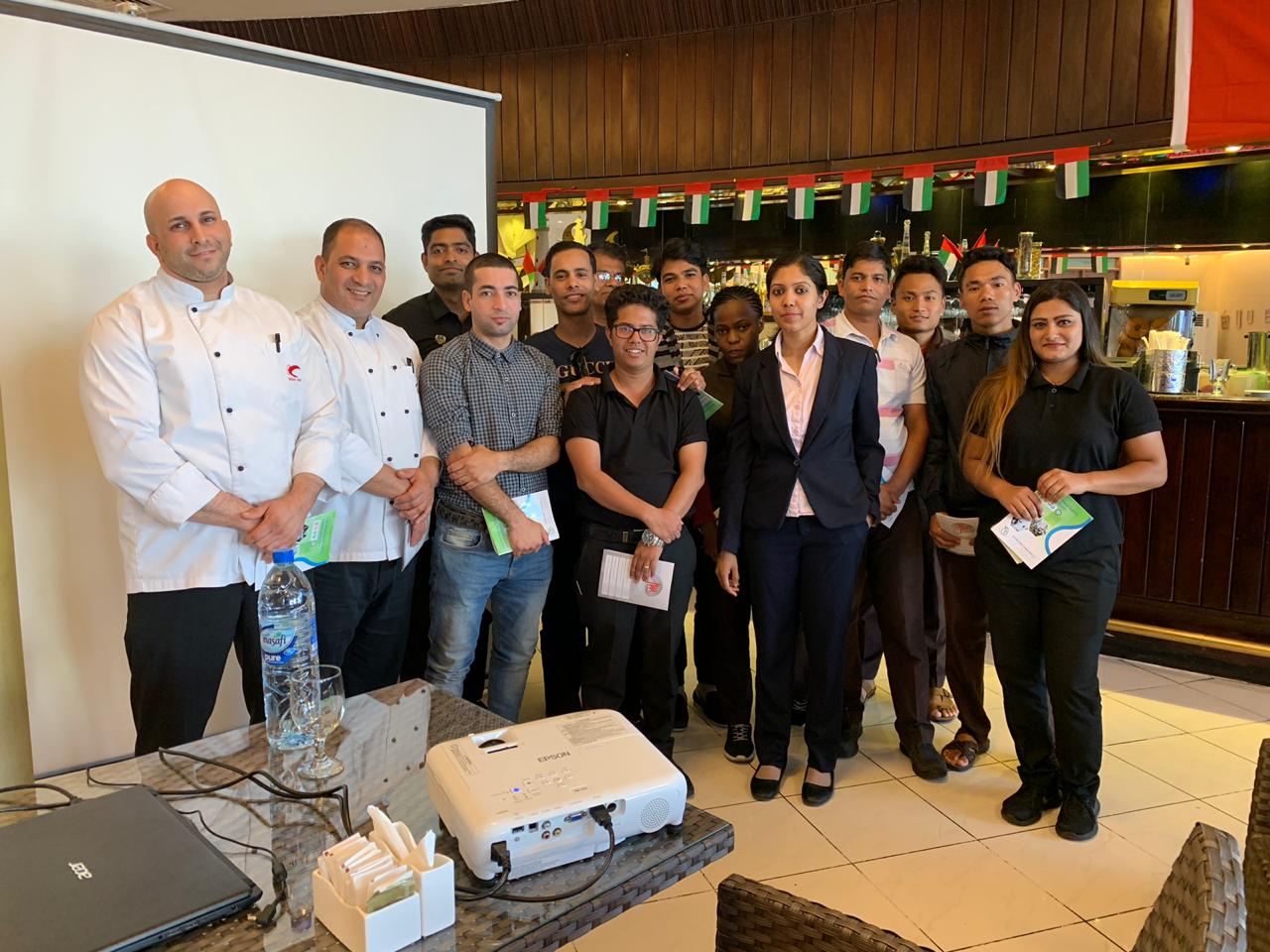
What Are The Protective Clothing Used Inside Kitchen?
Everyone who is working in food preparation area or kitchen or even who ever enters the kitchen should wear hairnet and hat,this is prevent any hair fall to food if any.Also people working in the kitchen should wear long sleeved jacket ,light coloured and washable cloths.Clean apron and shoes should be used inorder mark himslef or herself clean and neat from any dirt.Casual dress or any other fashionable dresses with jewels are not allowed inside a food making area. Clean and neat clothes protects food handling areas from bacteria present on skin, hair or clothes we wear,since these bacterias are not visible to our eyes and are very dangerous to human beings.
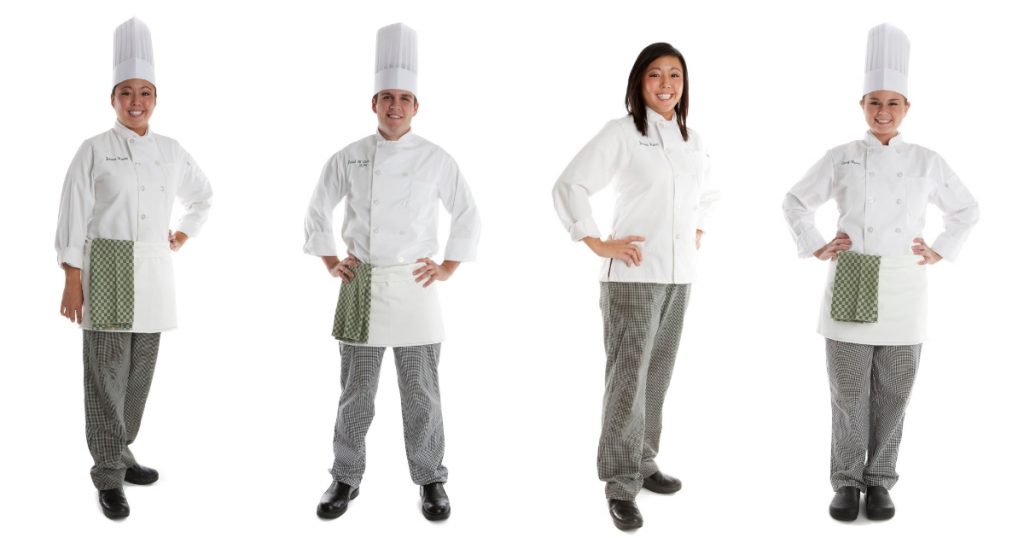
How To Control The Pest In EFST Training ?
Proper precautions or treatment should be carried out in the kitchen to remove pest,pest clean should be done atleast once in a month.Insects carry and spread bacterias to food, so special care should be taken, inorder not to spread these bacteria to food storage areas,or food handling areas.Signs of pests are droppings,holes in walls,gnaw marks.If there is insect egg cases,insect skins,webs.Ways to prevent pest from spreading bacteria to food:
- Check food storage areas regularly
- Removing food waste or another waste regularly from kitchen.
Cross Contamination In EFST Training
Raw meat can spread bacteria to ready-to-eat food (e.g. salad) unless it is kept separate at all times. Bacteria can be spread by contact with hands, utensils or equipment.Bacteria can easily spread from raw food e.g. raw meat onto hands, knives, chopping boards and other equipment Hands, utensils and equipment must be thoroughly cleaned inbetween tasks.e.g. fridges.Hands, utensils,cutting board and equipment must be thoroughly cleaned inbetween tasks.Raw meat must be kept separate from ‘ready to eat’ food e.g. salad at all times during storage and preparation. If possible, store raw meat in a separate fridge from ready-to-eat foods. If a ‘general purpose fridge’ is used, always store raw meat at the bottom and ‘ready-toeat’ food at the top.
Stricly Use Non Reusable Cloths In Kitchen
Reusable clothes spread bacterias for example when a plate or any kitchen utensils are cleaned or dried using a reusable clothe it picks up the dirt and bacteria present in utensils, again we dry another utensil with the same cloth, in this way the bacteria gets spread and harmful for humans, so its always mandatory to use a single use cloth to dry utensils or any purpose in kitchen as after single use these towel or tissue will be trown in dustbin and thus preventing the spread of bacterias.
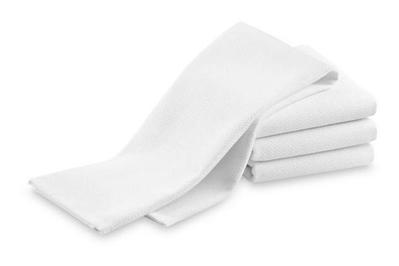
How Important Is Cleaning and Disinfection?
Cleaning simply in warm water or normal water wont kill all the bacterias properly, cleaning kitchen utensils with an disinfectant like liquid gel can kill almost all bacterias present in utensils,even knife should be cleaned properly inorder to kill the spread of bacterias.Bacterias quickly grows in warm temperature and stops growing in cold temperature,and when they get very hot temperature they get killed,so keep food hot or cold inorder to kill or stop growing bacteriasThe food should be kept above 63 degree celcius or food should be kept below 5 degree celcius.Between 5 and 63 degree celcius the bacteria grows.
Steps how to clean and kill the bacteria in utensils
- Wash your utensils with warm water plus a detergent to kill all the bacteria properly.
- Dry the plates and utensils with tissue
- Alternately use a dishwater that uses hot water,it will completely kill all the bacteria since bacteria dies in hot temperature
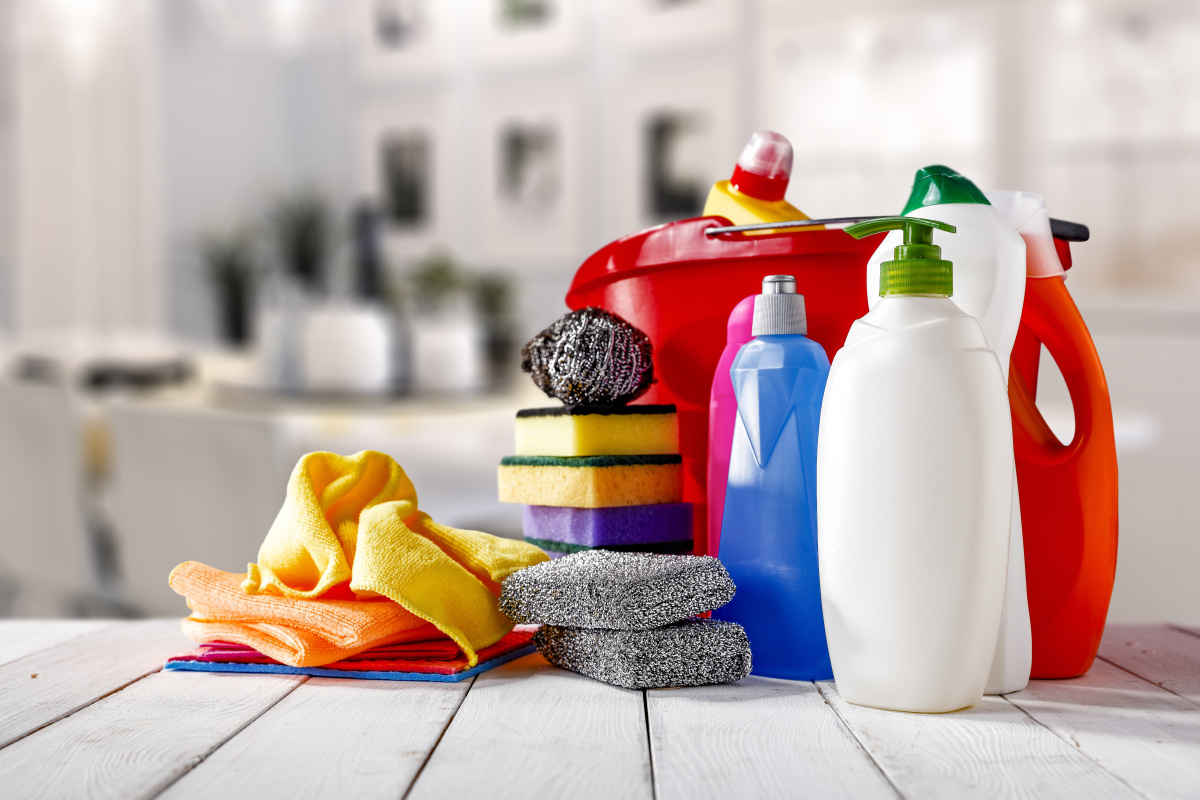
Things To Know While Cooking Liquid Based Food
Heat kills almost all bacteria. If food reaches a high enough temperature during cooking the bacteria will be killed. If a liquid item is boiling throughout then it has reached a safe cooking temperature.
Safe Zone Of Cooking Chicken Meat
When meat is cooked there is a gradual color change visible wicch represent that safe temperature have reached.White meat like chicken, must change from pink to white all the way gradually.
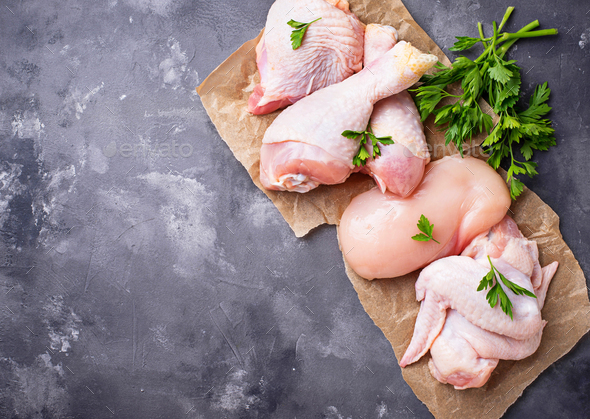
Safe Zone Of Cooking Red Meat
Red meat that is chopped or minced like kebab meat, burgers must have changed from red to brown all the way gradually.So we can make sure that all bacterias are dead.Red meat should change its color from red to brown gradually while cooking the red meat can be burger meat, or kebab meat.
While biriyani is cooked it must produce steam through out to indicate that safe temperature has been reached.
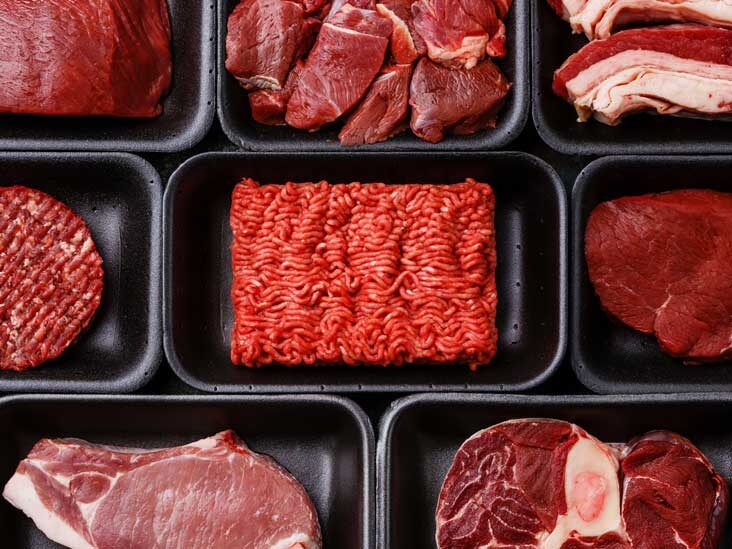
Things You Should Know About Hot-holding and Re-heating
When hot-holding, food must be kept hot to stop bacteria from growing. Food that is stored or displayed hot must be kept at 63°C or above for a maximum of 2 hours. If there is no temperature measurement, the food must be visually hot (e.g. steaming) to show that it is still safe.When re-heating, food must get hot enough to kill bacteria. It must be bubbling / steaming throughout to show that a safe temperature has been reached.The use of temperature probes varies depending on the size and nature of a business. In some businesses (e.g. manufacturing) temperatures are measured continuously to check the safety of all food produced. In other businesses (e.g. catering and food service) visual checks can be used each time food is cooked or re-heated. Temperature probes can be used to ‘prove’ that cooking, re-heating hot food are safe.
At What Temp Cold and Frozen Food Be Stored?
Food should be stored below 5°C inside a cold storage room,example refrigerators,Many types of food need to be kept under cold storage inorder to prevent the growth of bacterias.The cold stored food also be used within the shelf life.Food can be kept long period of time if its kept frozen.Freezing food at temperature -18°C stops all bacteria from growing. Food should be kept inside an air tight container with labeling the date of freezing
Things to Know While Chilling Hot Foods
Special chilling devices like blast chiller helps you to chill hot food safely without contamination of bacterias.These blast chillers can chill food within 90 minutes.This minimises the time it spends in danger zone temperatures, where bacteria can grow.Without these blast chillers food must be chilled as quickly as possible.Alternate methods of chilling hot food are
- Usage of ice or cold water and placing food near to that
- The food must not be left to cool at room temperature as it will help bacteria to grow
